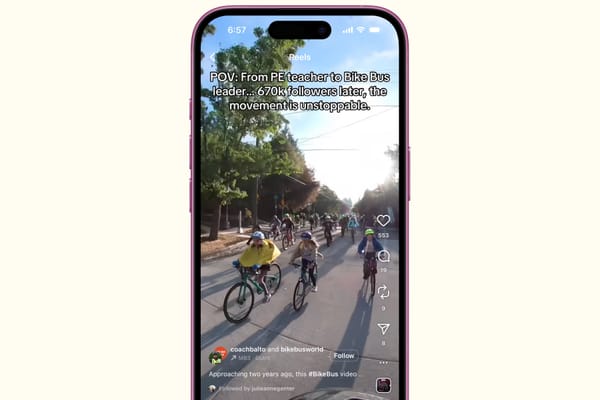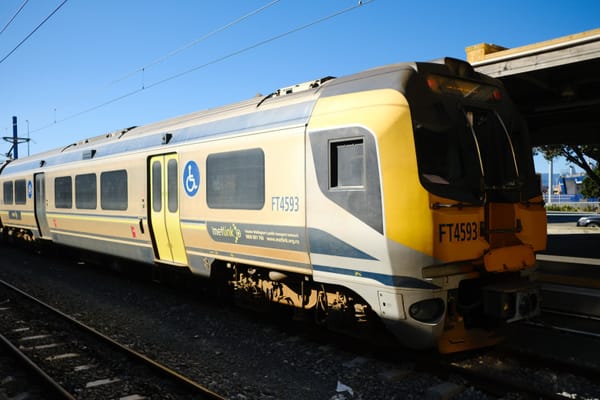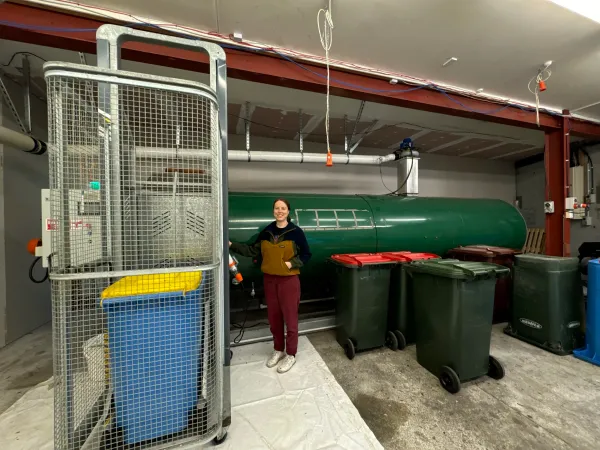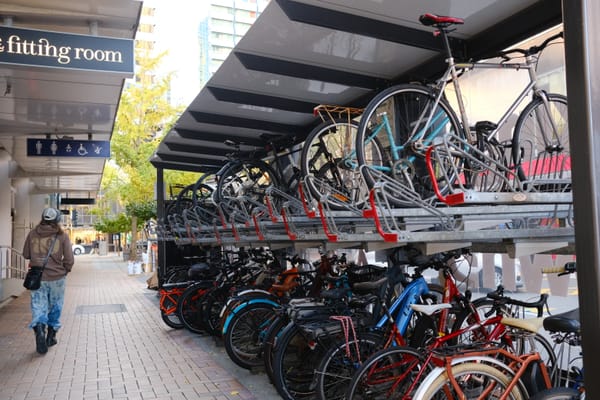Wellington Regional Council's bold climate targets look more like dreams
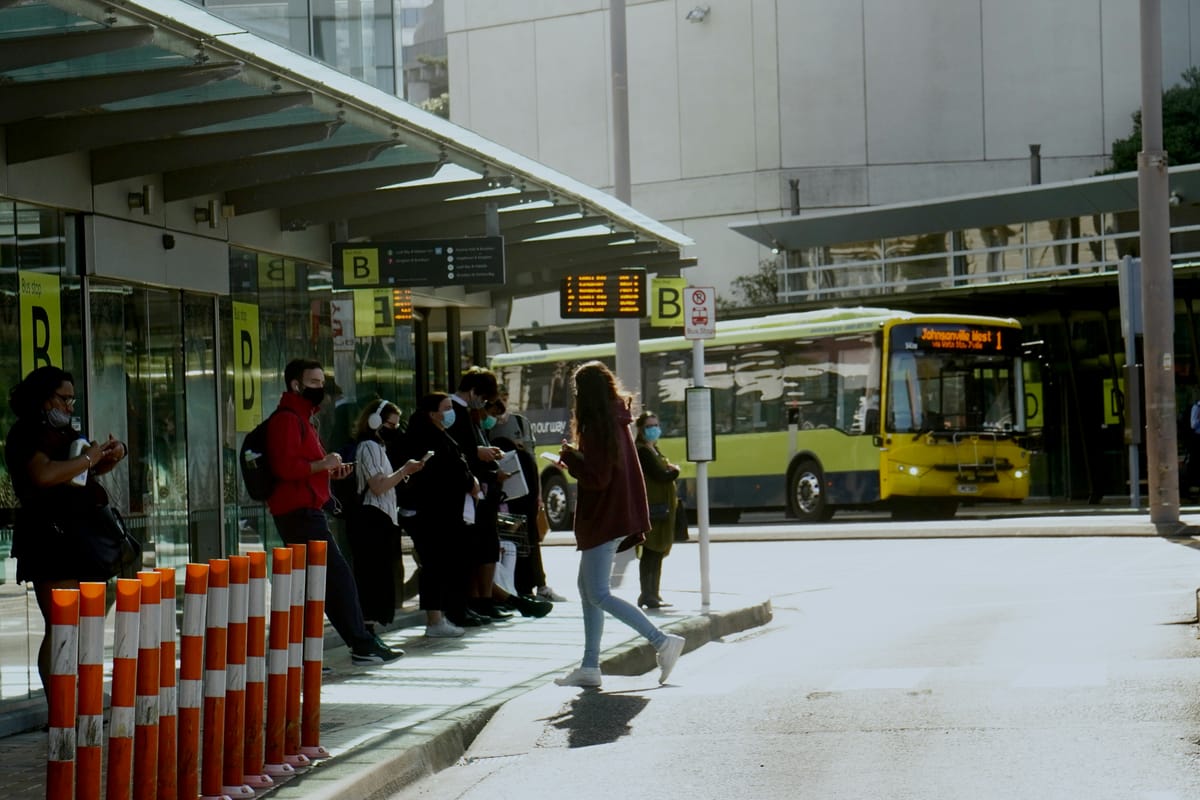
I’m tired of government announcing goals for taking action on climate change rather than actually taking action on climate change.
I’ve stumbled on a recent example: in 2021 the Greater Wellington Regional Council set a pretty ambitious goal.
They wanted to cut the amount of carbon we create from moving around the region by 35% by 2030.
That’s a huge change when you put it into numbers. It means that all the cars, trains, trucks, scooters, bikes and vans in the region have to go from making 1.2 million tonnes of carbon dioxide in one year to making 770 thousand tonnes.
Big, ambitious goal. A north star on which all of the region’s transport decisions must work to achieve.
In 2021, this ambitious target also came with a graph showing exactly how they will do it.


